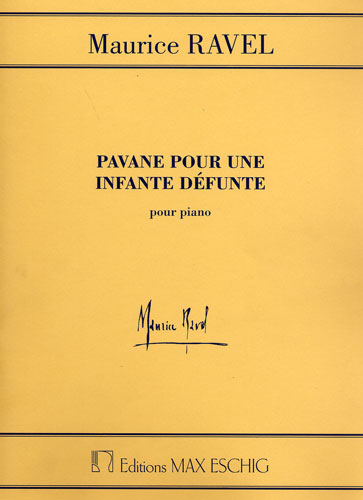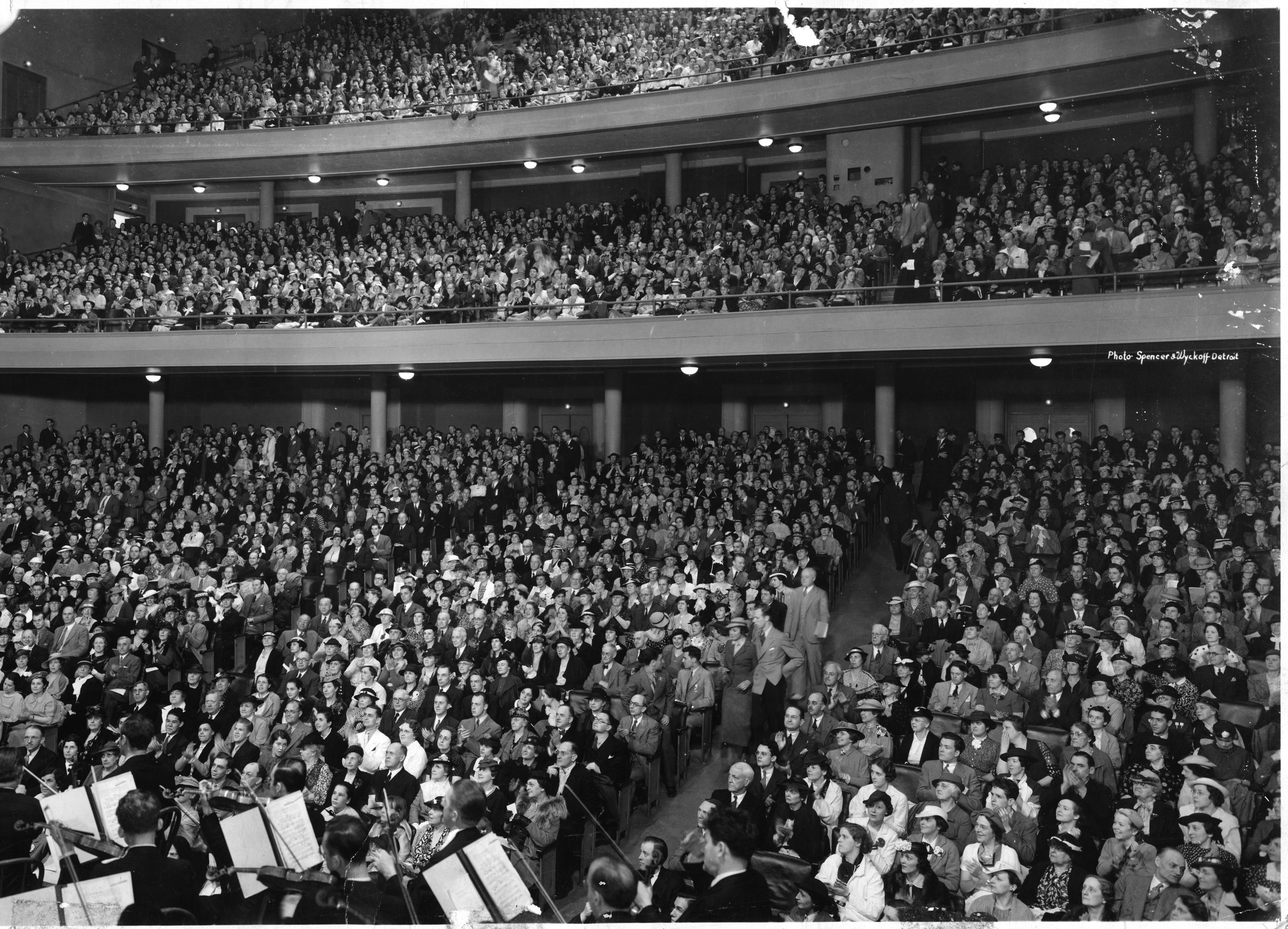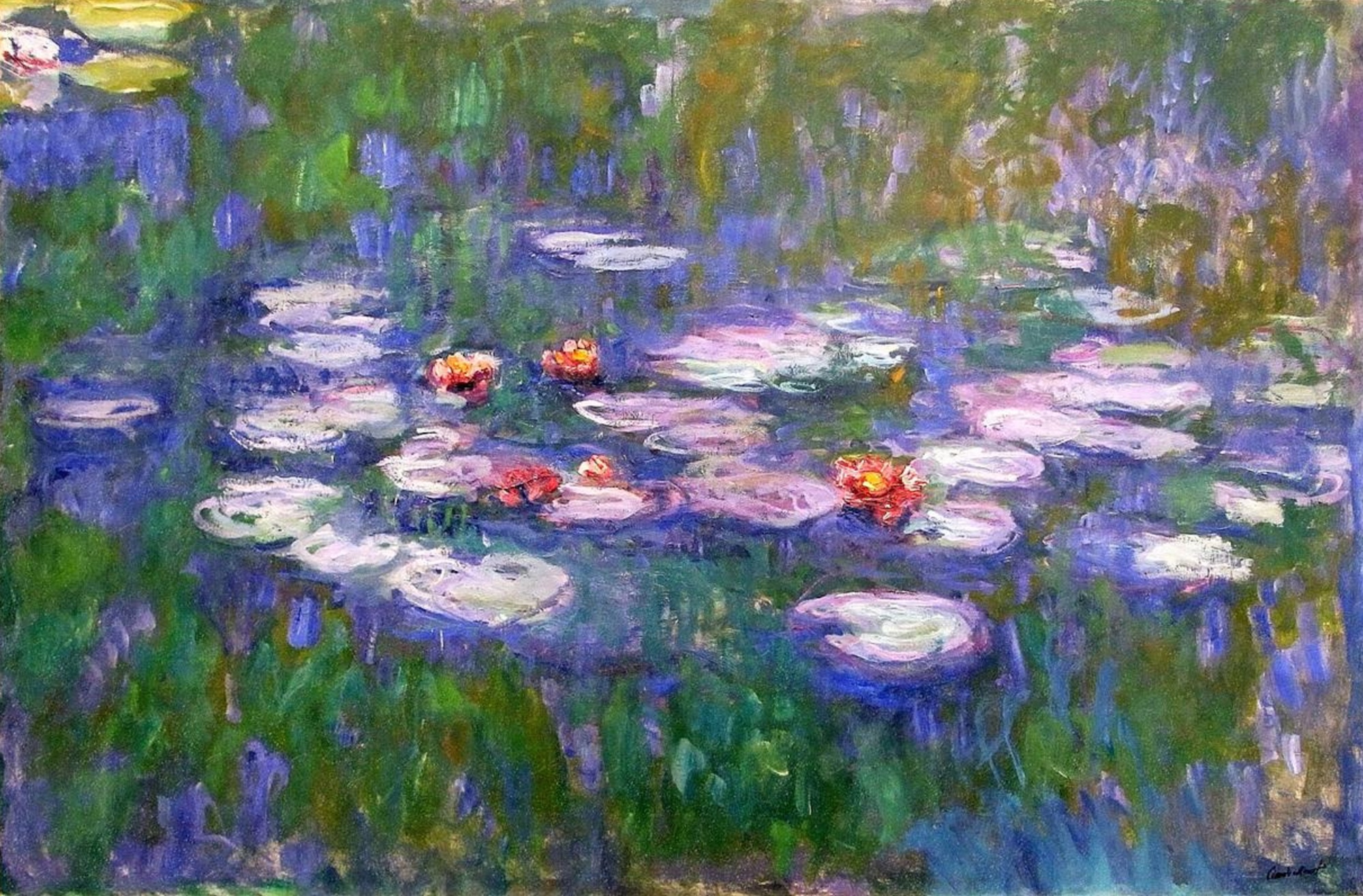 My daughter, who is growing up in a recording studio and thus has a rather fun and unusual playground, consequently has very ancillary concerns, asked me very seriously the other day what my favorite song was.
My daughter, who is growing up in a recording studio and thus has a rather fun and unusual playground, consequently has very ancillary concerns, asked me very seriously the other day what my favorite song was.
Tough one.
“Favorite on which level?” I asked. “Writing, production, performance, recording, mixing, mastering?” She did not care, she just wanted to know what my favorite song was.
I was kind of stumped.
How does one exclude all the other badass songs that are great for valid reasons just to elect one as the Queen of all songs? (Songs are ladies, right?)
I could have declared any of the songs featured in the pureMix MixChecks my favorite for one reason or another but then I'd think of other songs that I love for other reasons and I could not.
Could it be one of my projects? Could it be a classic? Could it be instrumental music? Could it be a Britney Spears song?
How does one decide?
It's actually a very important and fascinating question. Not for the answer of course, but for the underlying principles that make us get to the answer. How do we gauge music quality, impact and value? As music makers it is rather crucial to be conscious of what makes our world tick.
First it’s worth noting that music ranking and liking functions very differently for civilians (civilians are the people who do not partake in the effort of making music). Civilians could not care less about production, or mixing and definitely not mastering. They care about what the guy is singing about (except for instrumental music maybe), they care about how it feels, and more precisely how it makes them feel. Often the way a civilian feels about a song is tied to what they were doing when they first heard the song. There are many Julio Iglesias fans who remember their first kiss to the tune of ‘To All The Girls I’ve Loved Before’ and thus will forever, somehow, be touched by that song. Amazing isn't it?
We, in the trenches, have a very corrupted system for music appreciation. Raise your hand if you have found yourself having just listened to an entire song and not be able to say what the song was about because you spent the whole three minutes and forty three seconds trying to figure out if it was rocking real drums or programmed drums. You can put your hand down.
It is safe to say that by focusing so hard on all the individual elements and details that make a great recording, we can lose track of what the most important part of the whole process is:
what will people feel when they hear the result.
While it is safe to say that every step of the process contributes to the final impact on our listeners, mastering included, I personally believe that there is a core quality to a great piece of music that transcends form.
Which is why after the original shock of being put on the spot in my familiar music tinkering environment, my answer to the kid’s question came to me easily:

“Pavane pour une infante défunte.”
What? Said Lilou the inquisiteur.
So I played it for her on vinyl, very loud on very big speakers.
She dug it.
It truly is my favorite piece of music. Not because it's French. Vanessa Paradis is French too, and I could not care less about her music, so there. Pavane is my favorite piece of music because no matter where I hear it or what arrangement, recording, version I hear, I feel something strong. Untied to any first kiss or gorgeous vista memory or inspiring music teacher nostalgia. It just touches me on its own. No other piece comes close to generating such strong feelings. It's my favorite.
I find that interesting from a professional point of view. What makes it so?
Let me tell you about it, and we can observe the power of versioning in the process. If we analyse versions, we can surmise what the core of the matter is: it's what's common to all versions, that’s what makes this bomb tick. At least that's what my physics teacher said.
Pavane was written by Maurice Ravel when he was 24. He wrote it as a piano piece. No one cared. It was just another piece of piano music from the eve of the 20th century. It went totally unnoticed. Remember your first composition?
A friend of his reportedly played it at a show a couple years later and people in Paris went nuts.
There was no Nickelodeon or Game Of Throne at the time so thrills were harder to come by, but still, someone sitting down at a piano got people so emotional that the news of it spread. No Facebook, no Twitter, no texting, no radio, nothing. Word to mouth. Organic spread.
Think about it.

Let's do some listening. For this part of our program it would be best if you could concentrate on music exclusively. Close all of your other tabs and let’s focus for a few minutes. You have to be IN it to be in it.
Headphones and lower lights are great. A cat sleeping on your knees helps with the focus too (if you are not allergic)
First, a version of the original piano piece by Shura Cherkasski:
https://youtube.com/watch?v=MPZROBIFHWY
Felt something? Did you have the cat of your knees?
Isn't that absolutely a fantastic concentration of spirit?
Here is a version quite blandly played by Ravel himself. (How did they do that? Well, Ravel played it and they made a piano roll of it whole he did and then someone found the piano roll and recorded it after, well, recording was invented. Neat.)
https://youtube.com/watch?v=tn6_yT9SKpM
It's bland and scholarly and he makes mistakes but it still works. The key spots still generate emotion even though the composer himself plays it like he's sight reading it. The core of the piece is so tuned to something in us that it transcended times and cultures. This melody and chord combo touches humans. I don't know about other species but you could ask the cat on your knees. (I'm allergic)
Because this version is less emotionally involved, it's easier to focus on the form and writing rather than on their effects. It turns out it's a simple a/b/a/c/a tune.

In Ravel’s version the first A goes from the top until 0:59, the B goes until 2:05 where the second A starts. The C comes in at 3:02 bringing in the ultra impressionistic vibe (Think Monet's ‘Lilies’) until the last A at 4:34.
Note all the parallel fifths which were the epitome of a no-no (non-non in French) at the time. It was strictly forbidden. And to think he wrote this while he was a composition student with the master himself: Gabriel Fauré. Maurice was such the rebel. Oolala.
Ten years after this song made him famous, Ravel decided to orchestrate his own piece. He rewrote it for 2 flutes, oboe, 2 clarinets, two bassoons, two horns, one harp and strings.
Here’s great version conducted by Barenboim:
https://youtube.com/watch?v=B45q0caSS0Y
Scroll the video out of the frame so you don't get distracted by the moving image.
Or listen to this version instead (the oboe is a bit loud and there are some awkward moments but it still works well enough):
https://open.spotify.com/track/6yqTnphKZO96WNareeFkav
How do you feel now? Isn't that amazing? How did the piece translate to you?
How would you describe the different feelings attached to the different versions?
It's the same music. The core feeling is the same but the colors are different.
Interesting isn't it?

To me the main addition of the orchestral version is the ability of the orchestra to color that same melody differently every time. The piano cannot do that. How about that flute + oboe lead on the second A? Rad right?
One thing that I think works best on the piano version are the two flurries in the middle of the A sections. Shura Cherkasski does it best at 0:36 and 3:00 in his version. I feel the harp is not bringing the same sunrise feeling to that line that the original piano version does. But I'm being picky, truthfully, I can't resist the orchestral version, especially Barenboim’s vision of it. I have never had the chance to see Barenboim direct it live but I was at Carnegie Hall at an Orpheus concert a few years ago and they played it. I was with friends. At the end of the 7 min piece (they played it super slow) all my friends turned to me looking worried and asked me what was wrong. I had not noticed that I had been crying for most of it. It was stronger than me. Terribly embarrassing but very educational. Of course I immediately went back to the trenches state of mind and asked myself on the spot: How can I make that happen more for the music I make? What makes this so strong?
I'm still looking for the definitive answer but I think it's important for us music makers to remember to forget about the new LA12-34-STEREO thing or the vintage XYZ mono thing and focus on whether what just came out of our speakers has the ability to make us and our audience cry, or laugh, or be angry, or or anxious or zen or want to dance or feel anything at all.
So, what's your favorite song?
- Fab Dupont
PS, the Pavane was adapted in many shapes. Some adaptations were particularly awesome renditions of the original core with wild instrumentation. Some were just part of the Pavane melody turned into other songs.
For example, the song the Lamp Is Low actually borrows the melody of the B section. And Ravel is credited as the composer. Here's a version by ever tasteful Doris Day
https://youtube.com/watch?v=xyn7-f7fNC8
I'll bet my cat there were many first kisses tied to this one
And, you owe it to yourself to hunt for that melody buried in the amazing reharmonization in this absolutely insane live version by the Oscar Peterson Trio. Complete with German commentary no less:
https://youtube.com/watch?v=Z9Qi298TlQc
How did THAT make you feel, besides an urge to go practice?